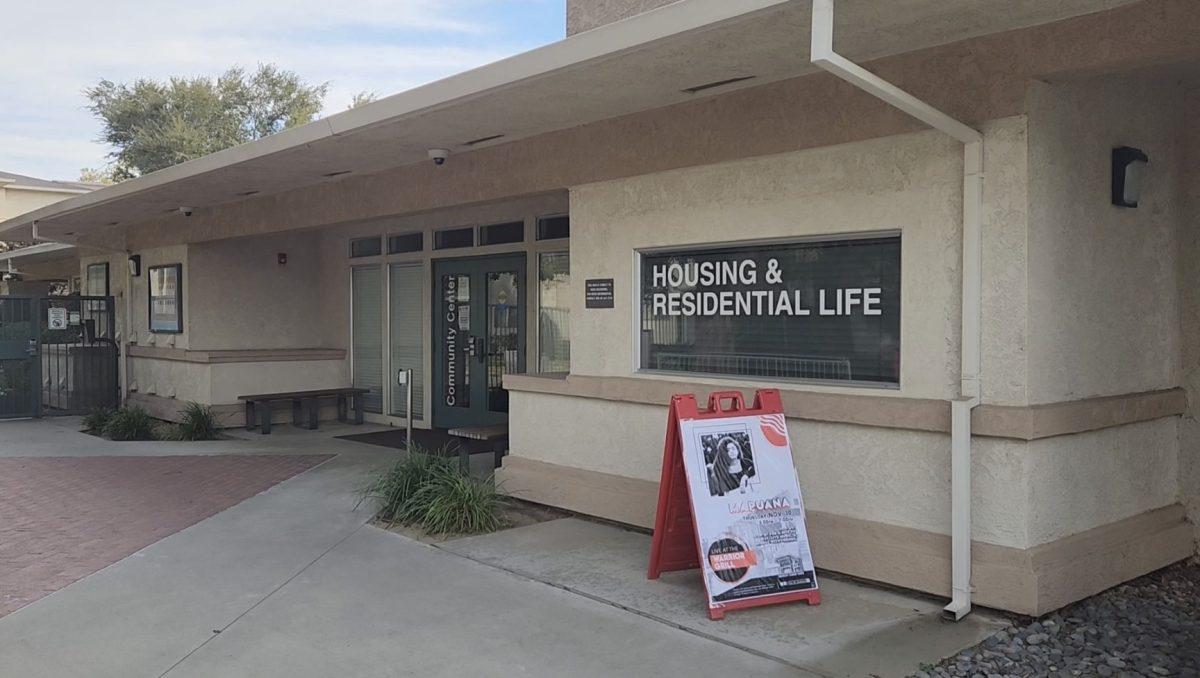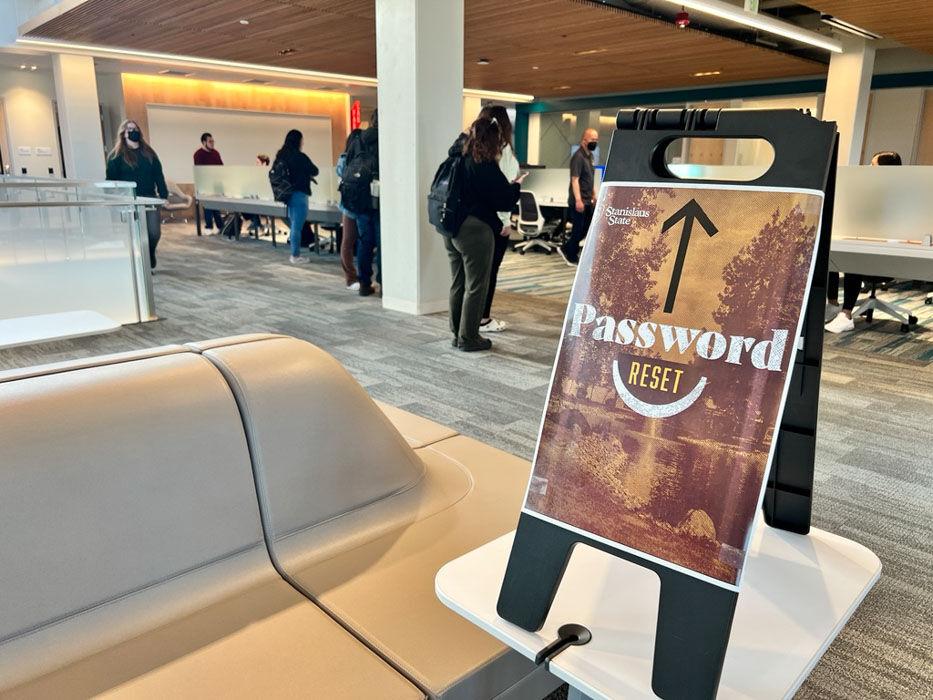Welcome to AOL. That is the first thought that comes to mind when booting Windows 8…the old America Online interface. Gone are many of the features that Windows users have become accustomed to over the years. In place are huge, colorful tiles with a screen that scrolls left to right. This looks like a wonderful touchscreen operating system (OS). But wait, this is my laptop!
When I open up the Photos tile I can see pictures stored across my computer, Facebook and Flickr. I have had enough though and want to switch back to Word 2010. I cannot see where it is on the screen. At first glance, the “Modern UI” only wants to let me see one program at a time! To go back, I hover my mouse around the bottom left, click back to the new interface, and then click on the tile which says “Desktop” in order to go to the classic interface and see Word 2010 again. A second option involves hovering the mouse over the top left portion of the screen
and moving down to see what applications are open. Most people will not get this at first because the option is not visible.
Windows 8, although described as “pretty” by many students, suggests a questionable future for Windows and the functionality of the desktop OS in general. Instead of creating a separate OS for cell phones and tablets, this time Microsoft wants to make Windows the same across all platforms.
The problem is, the proper mobile OS is not suitable for a laptop because they are adapted for touch-screens.
Yes, there is a “retro” look underneath the modern interface. It looks like Windows 7 for the most part, except they took out the start menu on the bottom left. I had to download third-party software in order to bring it back.
They also hid the shutdown button. Thankfully, Acer (the maker of my new laptop) provided their own shutdown feature.
Usability takes a huge hit with Windows 8 Modern UI, yet the feeling is that the majority of OS options will slowly trend in this direction of minimalism. There is “application snapping” which allows two programs to be displayed at one time, with one taking the majority of the screen. But I still miss seeing the old, visible taskbar that shows every program I have open without having to move the mouse to a certain location.
Joel Hammond (junior, Com- puter Science) agrees and recommends a class that addresses design issues such as the ones Windows 8 presents.
“Here at CSU Stanislaus there is a certain course – CS 3500 Human Centered Design – that I highly suggest everyone take just so they can understand exactly how bad Windows 8 is from a usability stand- point,” Hammond explains.
The intentions of Microsoft might be good. I have read articles praising Microsoft for removing some of the clutter in the old inter- face. However, some of that clutter is important to getting work done, and if this is the future of computing then it at least gives cause for concern.






